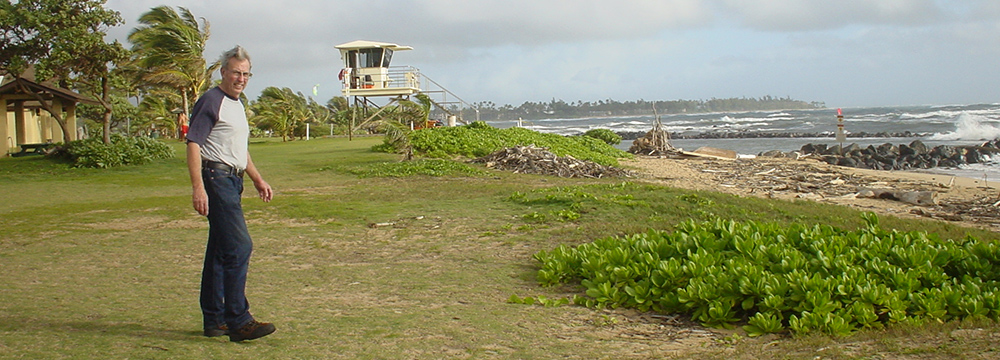Advertisements from Psychic and Reiki Therapists, Life Coaches, Mindful- ness/meditation practitioners, Akashic Records consultants, Tarot Card readers, Channelers, Hypnotists, Energy Therapists, and more are offering their services to a generation of people who are largely unaware that these are occult practices and that they are spiritually and emotionally dangerous. Yet these therapists are convinced they are not engaged with evil influences and other malevolent beings and that they are only working with benevolent spirits and entities to help and heal people who engage their services. Sadly, the reality is that such practices are an invitation to being exposed to and being subject to demonic forces.
Such practitioners, therapists, and consultants are convinced their activity is safe and helpful; they are not usually aware that they are tapping into demonic forces, and of course, neither are their clients or students. Some become aware that they are encountering spiritual entities, but they generally do not realize the true demonic nature of these beings.
Some, however, do know the actual source of their powers, but their desire for this power and knowledge is sufficient for them to ignore the truth. The same is true for the clients/patients, since there is usually a sense of being helped, at least at first. And this is the primary reason for this book. This is an eternal issue—there is a heaven and a hell, and that awful serpent, also called Satan, is coiled up in these psychic therapies and empaths.
How do we know this is true? is a fair question to ask.
Following is a brief autobiographical statement from Kent:
Even though I graduated with a master’s degree from the Golden Gate Baptist Seminary in Mill Valley, CA, and did a second master’s there as well, I disagreed with the professors who thought that there are real demons and an actual devil. I thought I knew better but went along with it anyway.
The reason for this is that my college major had been psychology, and during my course of study I had concluded that there was no such thing as demons or demon possession but merely psychological disturbances of one kind or another. This all changed while I was a street evangelist in San Francisco’s Haight-Ashbury District from 1967 to 1969. At that time, I even visited a few times with Anton LaVey, the founder of the Satanic Church, and thought that he was a mere charlatan. But then, I began to encounter those who actually did have indwelling demons, so directly and personally that I could no longer deny the existence of that which is evil and demonic. Those experiences, which came by the hundreds, began a long history with what is generally called “deliverance ministry.”
My thesis for the second master’s at Golden Gate Seminary is titled, A Manual of Demonology and the Occult, which was published by Zondervan Publishing House in 1973. This resulted in people from all over America and even foreign countries arriving at my doorstep looking to be rid of demonic spirits. By 1975, at the church I pastored in San Rafael, CA., we were forced to develop twelve two-person teams whom we trained to do deliverance ministry. During that era, with one of our pastors, Mark Buckley, I routinely engaged in casting out demons. And this still goes on today but with less traffic, thankfully.
During the period of the 1970s, I operated a counseling ministry along with my pastoral duties. We called it the Marin Christian Counseling Center on Fourth Street in San Rafael, California. I had hundreds of patients. Many of them had come out of the beat or hippie generation and had been exposed to strange cultic groups of an Eastern variety, including various occult practices, even satanism.
During that period of the sixties and seventies, occult practices were not nearly as popular and common as they are today. Then it was avant-garde and edgy, so to speak; now it is mainstream and largely accepted, and there are few voices expressing a different point of view. Thus, the reason for writing this book.
For many of the chapters, we have included material from Wikipedia. Our reasoning is that readers should see what others have said on the various topics, especially those who engage in the actual practices, as well as those who criticize them. Some are in support of, for instance, Reiki, while others are not but do not take a position. Rather, they may present what is generally known about the area of interest.
Final Note: While doing the ministry of deliverance that began in the late 1960s, I learned that in most cases, demonization began with involvement in some form of the occult—therefore the reason I began a study of these practices. Here is the list of those practices that I included in my book, Deliverance Handbook: A Guide to Casting out Demons for Today’s Christian.
A partial listing of occult practices includes three major categories:
(1) Fortune telling; (2) Magic; (3) Spiritism.
- Fortune telling
a. Astrology
b. Palm reading
c. Tarot
d. I Ching
e. Ouija Board
f. Fortune Teller
g. Tea Leaf Readings
h. Crystals
- Magic
a. Witchcraft
b. Satan worship
c. Curses and spells
d. Love magic and hate magic
e. Use of crystals for healing and other purposes
- Spiritism
a. Seances
b. Mediumship
c. Clairvoyance
d. Hypnotherapy
e. Mental Telepathy
f. Clairaudience
g. Channeling
h. Automatic Writing.12
